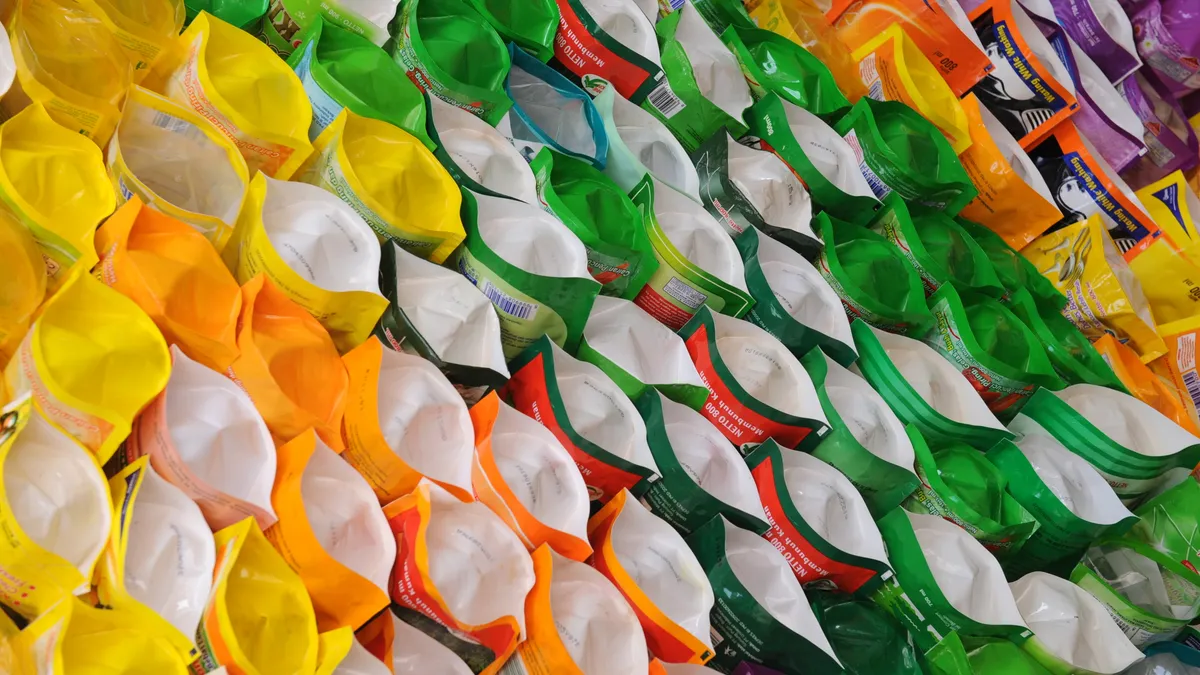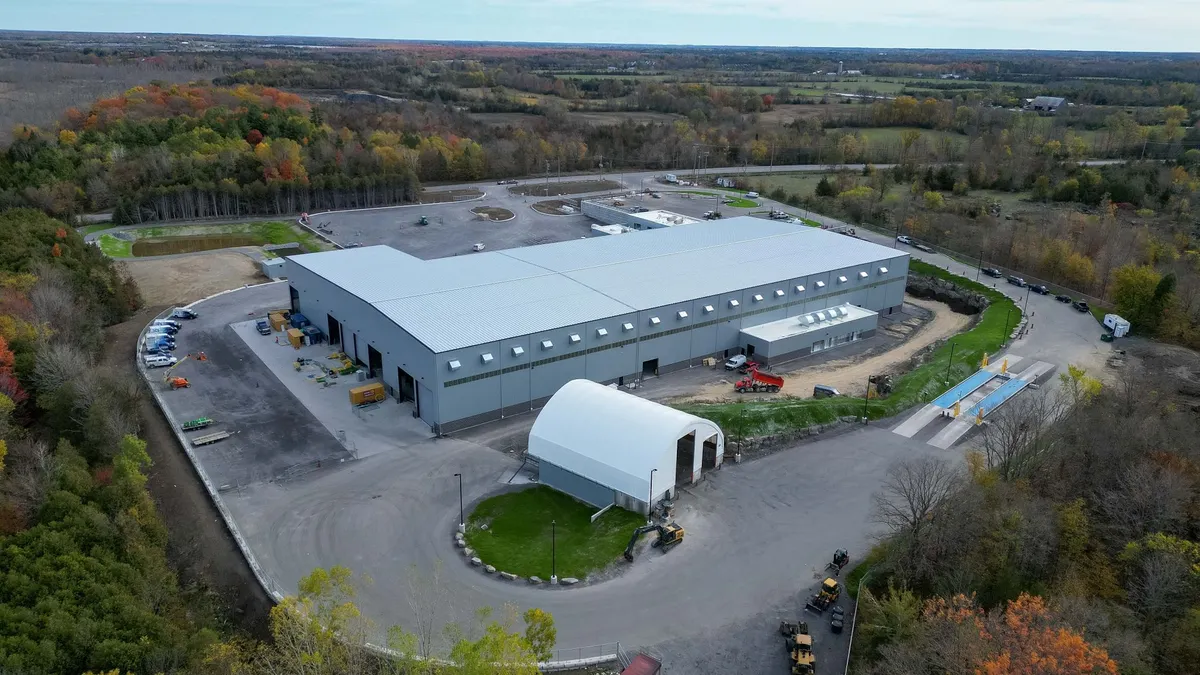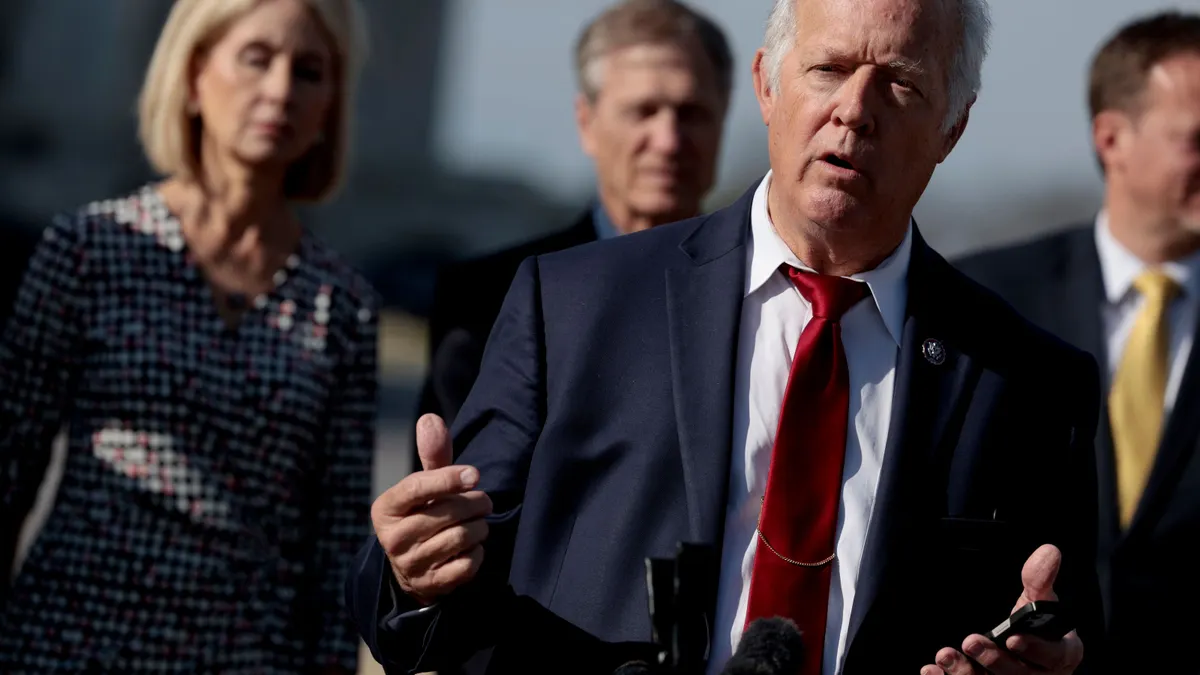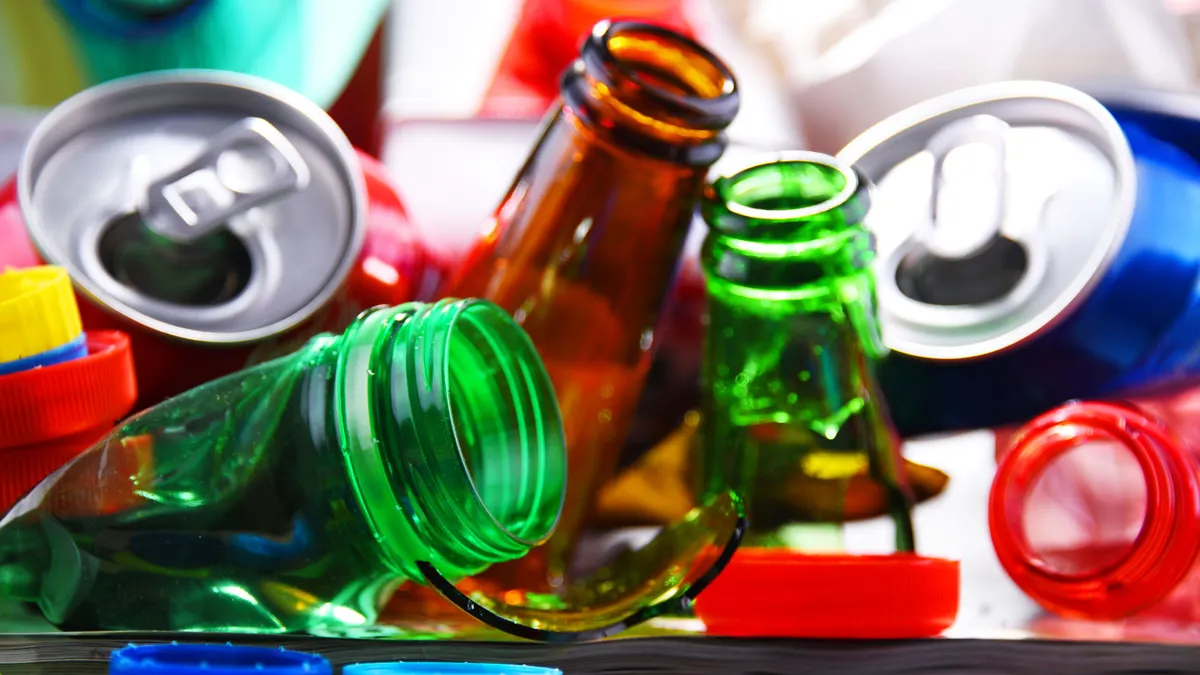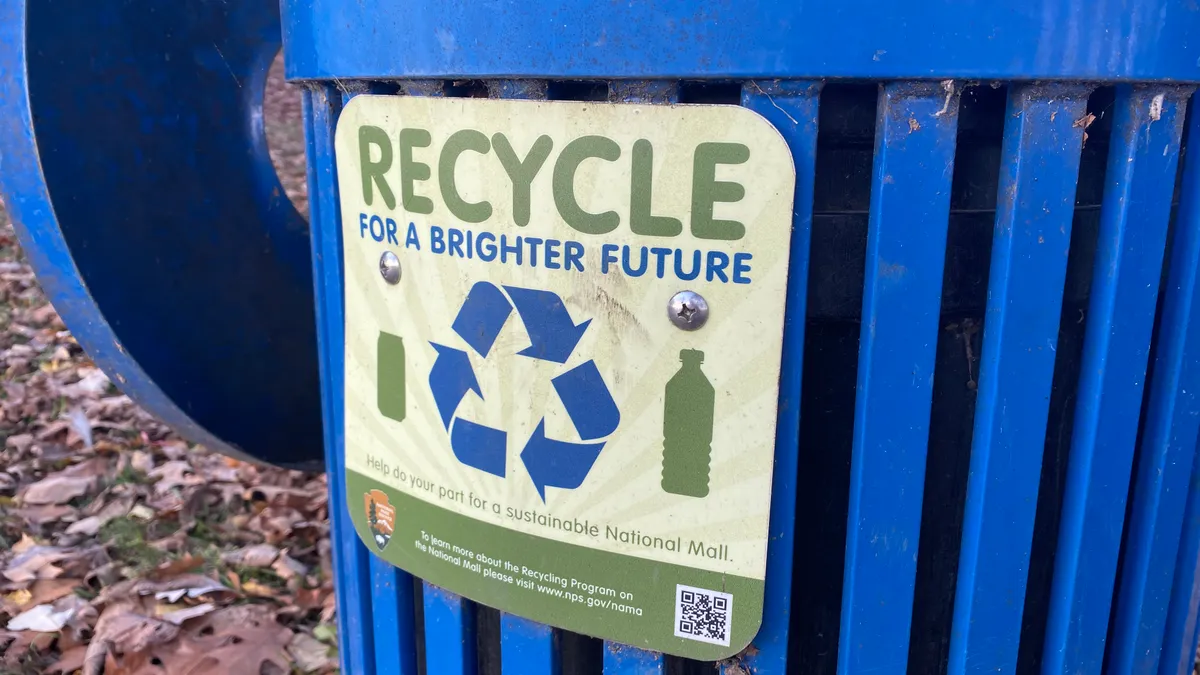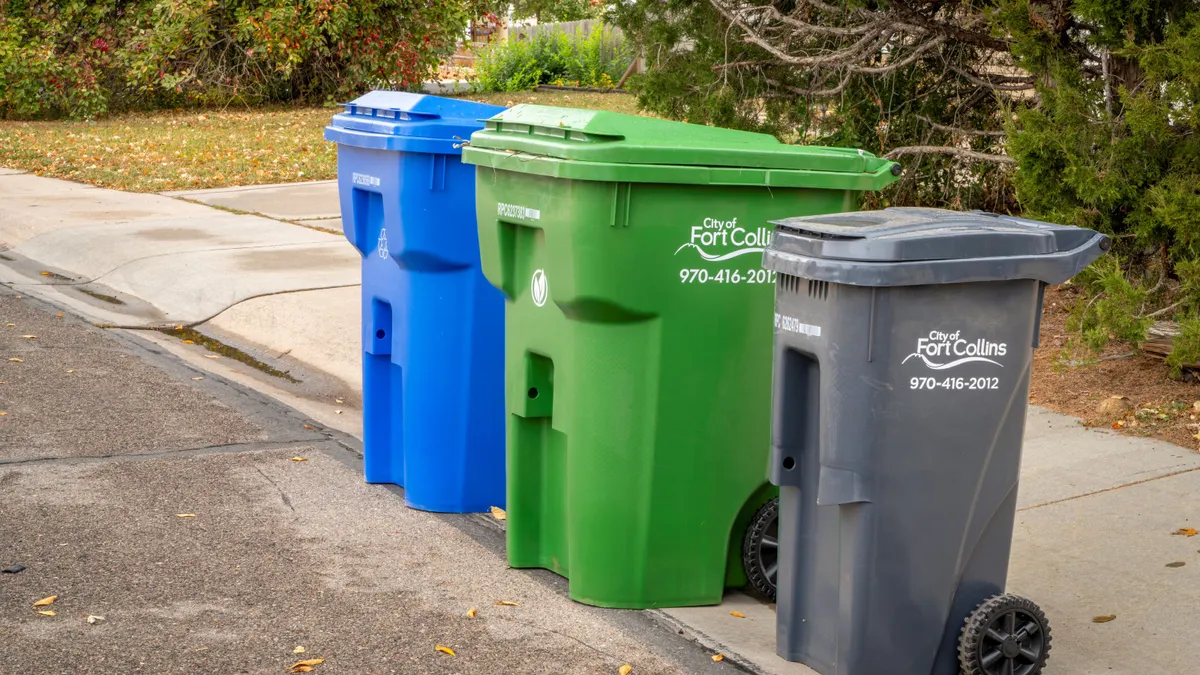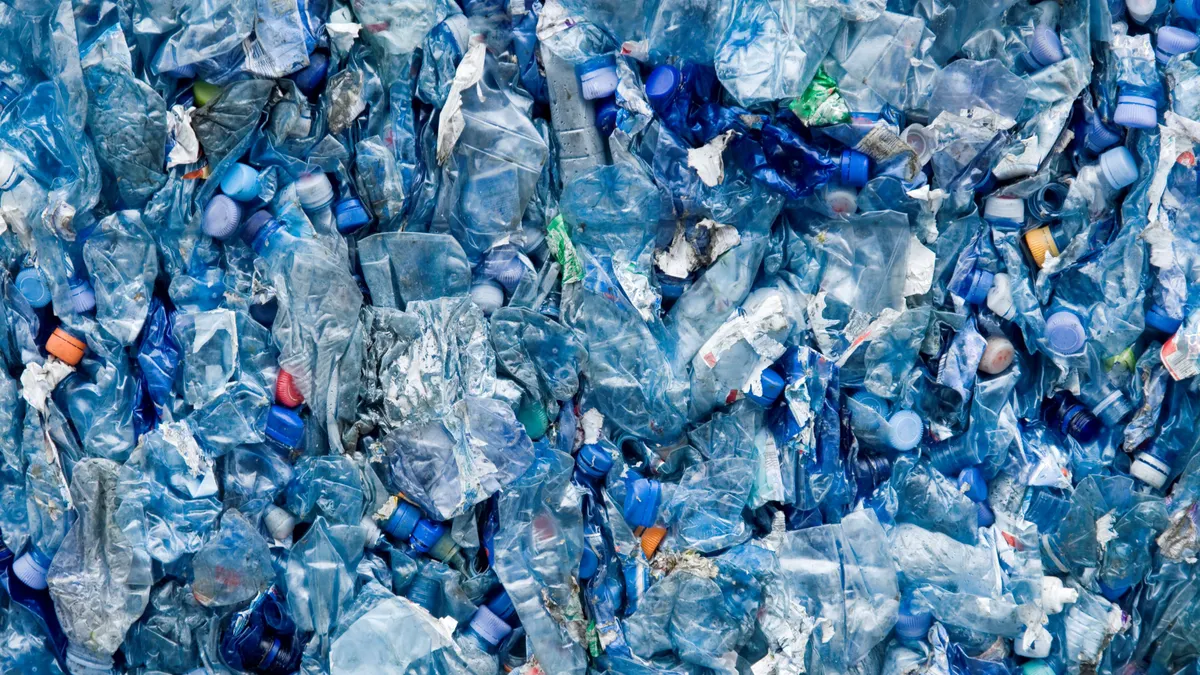In the ongoing discussion about whether manufacturers, material recovery facilities (MRFs) or recyclers should be responsible for the sustainability of plastic packaging, the answer still seems to be all of the above.
MRFs have always had to keep up with an evolving waste stream by adapting to the various shapes and sizes of consumer packaging that end up on their tipping floors. When it comes to plastic packaging — some of which has become lighter and more complex — players from all sides of the supply chain have their own ideas about how to best manage it. The work of reconciling these opinions, while keeping consumer communication as simple as possible, looks to be even more visible in the year ahead.
“We continue to see more and more products in the marketplace that in fact are difficult, if not impossible, to recycle so they become a contaminant in the recycling stream,” said Steve Alexander, executive director of the Association of Plastic Recyclers (APR).
APR doesn’t believe that brands intentionally design products with inherent recycling challenges, but says it still happens too often. Alexander said that by releasing an updated design guide last year, APR hopes to become more involved in the "embryonic" stage rather than having to find solutions after the fact. He compared retrofitting a package to renovating a house rather than building features in from the start — unintended consequences are sure to come up along the way.
One of the more common examples of this type of retrofitting is what has happened with full bottle or shrink sleeve labels. The labels had been sinking in the plastic recycling process and in many cases this was creating sediment and contaminating material during washing.
"Favorably, floatable labels are what the recyclers are asking for."

Kristina Hansen
Technical Director, Plastics Forming Enterprise
Research and engineering company Plastics Forming Enterprise consults with APR, brands and recyclers to sort out the finer details of their packaging challenges through testing. Kristina Hansen, their technical director, has worked on a wide range of adhesives, labels, additives and fillers, and the factors involved in these areas vary. Many of them come back to the need for a cleaner material stream to ensure that recyclers can offer a better product and manufacturers can have higher percentages of post-consumer recycled (PCR) content in their packaging.
"The brand’s goals are to increase their PCR content in their products going back out on the shelves," said Hansen, adding that a lot of this has to do with requirements from large retailers. "The retailers are driving the brands and the brands are driving the increase in better products."
Wal-Mart and Target are seen as the biggest drivers of this trend because both have begun requiring the use of How2Recycle labels on more products sold in their stores. The How2Recycle program is run by the Sustainable Packaging Coalition (SPC), which works with APR and others to verify the recyclability of any product seeking to use that label. SPC Associate Director Adam Gendell said he sees brands and recyclers working to help solve problems concurrently rather than solutions coming from one source. While recognizing that this can be complicated for all involved, he was optimistic about the direction of How2Recycle and the larger design conversation.
“Packaging design and recovery infrastructure are probably going to meet in the middle someday,” said Gendell.
The labeling system has begun to have a notable presence in the market, but it’s unlikely to fully cover everything that ends up on grocery store shelves. Gendell views these ongoing packaging changes in the same way as newspapers and magazines becoming a smaller part of the waste stream. He sees new ideas from brands, and the resulting response from consumers, as a natural part of the market.
“The packaging community is definitely not going to stop innovating, nor should they."

Adam Gendell
Associate Director, Sustainable Packaging Coalition
One of the more notable examples of these innovations is flexible packaging such as re-sealable food bags and snack pouches. From a cost and lifecycle standpoint, this lightweight material is beneficial for brands, but its multi-layer construction has created headaches for recyclers.
So far potential solutions have included a polymer modifier called RETAIN from Dow Chemical Co. that helps break down certain layers, an “Energy Bag” pilot program in Omaha, NE that collects the material to be used as cement kiln fuel and a project called Material Recovery for the Future that has found the potential to sort the material in MRFs. In a sign that the industry hasn't landed on one clear solution, Dow is involved in all three projects.
Yet all of this collaboration between brands, researchers and recyclers for future adaptation doesn’t change the fact that a wide range of difficult plastic packaging is still ending up in MRFs right now.
“What the MRFs and the hauling community face are the same issues that plastic recyclers face one step before in the process,” said Alexander.
At the Sims Municipal Recycling facility in Brooklyn, which handles the majority of New York’s residential recyclables, these issues are a daily occurrence. For example, while floatable shrink sleeves may be easier for recyclers, they still throw off scanners at many MRFs. A PET bottle may not be sorted properly because its label is made with PVC.
Education and outreach manager Eadaoin Quinn called this a “huge problem across the industry” that can cause bottles to end up in the wrong bales. As for flexible packaging, Quinn has seen more of it coming in lately with no clear market at the moment.
"I haven’t heard of anyone in the world who’s recycling multi-layer pouches."

Eadaoin Quinn
Education and outreach manager, Sims Municipal Recycling
She said that while MRFs and markets can adapt to the other types of plastic packaging that brands create, more could be done at the initial design stage to ensure recyclability.
“That has to be part of the system, that we’re thinking of a circular economy and getting everything to fit into that,” she said.
Whether these design decisions are made before or after a product hits stores, it seems clear that creating a better material stream makes sense for all involved. And for the companies who are not yet participating in these efforts, the business case will eventually make itself obvious according to Will Sagar, executive director of the Southeast Recycling Development Council.
Sagar works closely with recyclers and brands on diverting more good material into the region’s large manufacturing sector. As many companies adopt new sustainability goals that mandate certain levels of recycled content by a certain date, he has seen the topic get more attention.
"Some of that is driven by a commitment to sustainability, some of it is driven by a commitment that recycled content actually saves them money," said Sagar. "When their packaging starts costing as much or more than the product they’re selling, they’re going to look very hard at the sustainability."
As with anything in the free market this process may not always be fast or direct. Though Sagar cautioned that if recycling plastic packaging becomes too complicated, especially with varying standards between neighboring municipalities, it could have an adverse effect.
"If we confuse our participants they’ll become disenfranchised," he said, "and before long they’ll become non-participants."


